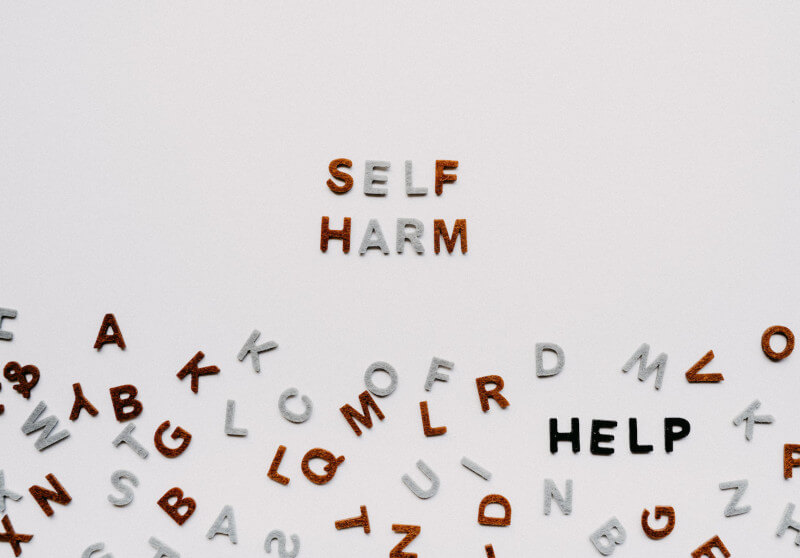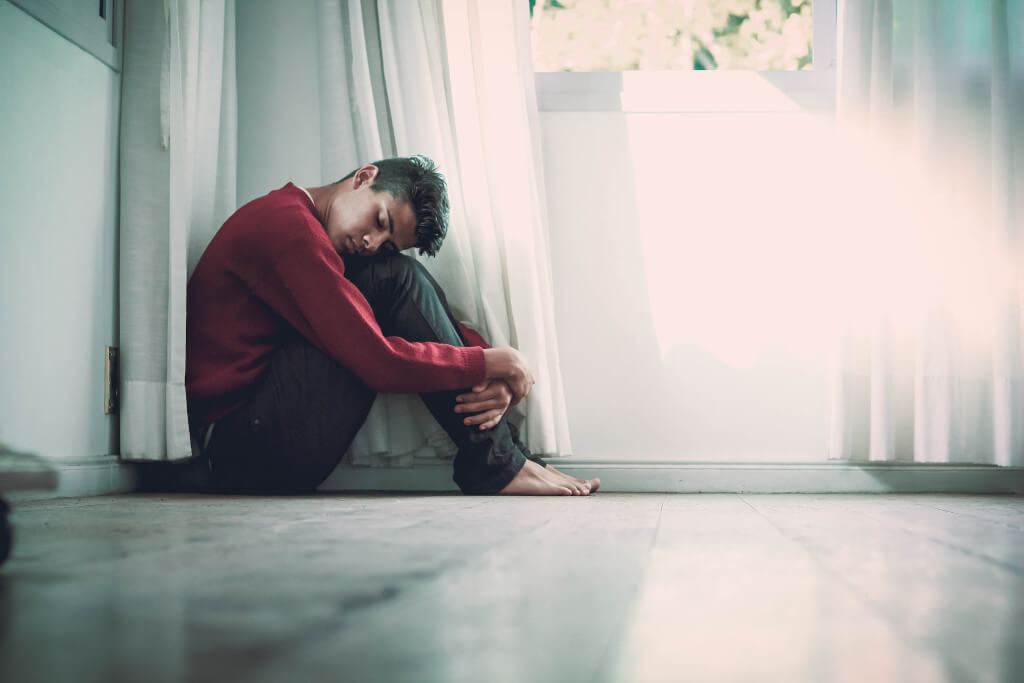Development of the Brain During Adolescence According to some studies, the human brain doesn’t reach its full potential until around the age of 25, which means that many young people aren’t prepared to deal with the challenging aspects of real life. Because of this, young adults and adolescents have a greater risk of taking their own lives. Children, teenagers, and young adults don’t have the emotional or psychological ability to deal with their problems, according to Cassy Chambers, who is the Operations Director at the South African Depression and Anxiety Group (SADAG).
According to SADAG, the average number of people who take their own life is 17.2 per 100 000, which accounts for 8% of all deaths. Only deaths that were reported by academic hospitals are considered in this discussion. Additionally, according to the organization, one out of every five high school students in the country has attempted suicide at some point. According to the World Health Organization (WHO), a person dies by suicide once every 40 seconds, and another person attempts to take their own life once every three seconds.
“The first symptoms of a mental illness typically appear in late adolescence or early adulthood, which is defined as between the ages of 17 and 23. According to Chambers, “it, therefore, stands to reason that we have elevated rates of people experiencing issues with their mental health in that age group.”
Development of the Brain During Adolescence
When they reach the age of 18, children in South Africa are considered to be mature adults. Despite this, the National Institutes of Health (NIH) reports that research findings have shown that a person’s brain is still in the process of developing even in their early 20s.
The idea that the brain is fully developed by the time puberty is over is called into question by the fact that adolescence is a time of ongoing growth and change in the brain. According to recent studies, the growth of the prefrontal cortex is not considered to be finished until the age of 25.
The portion of the brain that can be found in the center of the frontal lobe is called the prefrontal cortex. It is the driving force behind a wide range of complicated behaviors. Cognitive control can be modulated in the prefrontal cortex by dopamine, which affects attention, inhibition of impulsive behavior, potential memory, and mental abilities.
Other functions include planning, the development of personality, logical thinking, reasoning, and the management of feelings and emotions. This indicates that the portion of the brain that responds to circumstances with sound judgment and an awareness of the long-term consequences does not become fully developed until the age of 25.
Chambers continued by saying, “The age group most susceptible to committing suicide is among adolescents.” They frequently have to deal with a large number of issues, but they either do not have adequate coping skills or believe that they cannot talk to anyone about their issues. At that point, they make an instant choice to take their own lives.
A Young Man Shares His Experience
At the age of 21, Thabo Xaba discovered himself in a state of limbo, caught between the experience of still being a child and being considered a legal adult. He was unable to find his footing as a result of the lack of structure provided by the educational and academic systems. In addition to the fact that he had to endure physical abuse as a child at the hands of a member of his family, he started to feel unclear about his future. His mental health began to deteriorate, and he eventually attempted to end his own life. According to Xaba, “I think all of these factors, including individuals who were unwilling to see me succeed and my interactions as a child, started to build up.” His entire world came crashing down after he broke up with his girlfriend.

“The next morning when I woke up, I immediately proceeded to take a large number of allergic pills. I also began drinking after purchasing some alcoholic beverages. The phone call from my sister came at just the right time to prevent me from taking much more. He went on to explain, “She told me to stop what I was doing.” During the lowest point in his life, Xaba needed love and support the most, and he found both. These things ultimately saved his life.
“I consider that particular weekend to have been a defining one. It was at that time that many people who were close to me advised me to get some help. They are concerned about me, but they are clueless about how to assist me,” Xaba continued. The motivation to battle for his own life came from watching his loved ones struggle to save his own life.
Tendencies in Mental Health
Between the years 2017 and 2019, Discovery Health found an increase in the number of health coverage members reporting children and young adults suffering from mental illnesses. The vast bulk of these claims concerned children suffering from depression, attention deficit hyperactivity disorder (ADHD), and bipolar disorder. The majority of claims made were for those suffering from depression and bipolar disorder in young adults. In the year 2020, there was a reduction in the number of claims of the same kind made by both young adults and children. The decline in patient enrollment was verified by Dr. Noluthando Nematswerani, who is the Head of the Centre for Clinical Excellence at Discovery Health.
“This is consistent with an overall decrease in the number of people seeking healthcare during the pandemic for conditions that were not related to COVID-19. Either the conditions of mental illness were not detected, or the individuals made the decision not to seek medical treatment for them. According to him, both of these things have significant effects on the lives of young people.
The World Health Organization recently released its estimates for the global suicide rate in 2019. According to the findings of the report, there were 13,774 reported suicides in South Africa in 2019, making the country the third-highest in all of Africa. In addition, the findings of SADAG demonstrated that 230 people attempt suicide every single day in South Africa.
SADAG runs programs in schools to assist adolescents in coping with traumatic experiences and suicide attempts to reverse this alarming trend. When Death Impacts Your School is a program that was developed to assist students, teachers, parents, and communities in coping with the effects that death has on educational institutions and communities. Students at many universities have access to free counseling and advice on how to cope with mental health issues like anxiety and depression.
Determinants of Risk
Suicide is a possibility for people of all ages, genders, and racial and ethnic backgrounds. It is difficult to know who might act on suicidal ideation because the majority of people who are at risk will not make a suicide attempt.
Experiencing traumatic life events, such as the death of a loved one, being involved in a legal dispute, or having financial difficulties, are examples of risk factors. According to a report published by the National Health Index (NHI), children and adolescents living in households with low socioeconomic status are subjected to a greater number of stressful circumstances and are at an increased risk of developing mental health issues. Interpersonal stress factors such as shame, bullying, intimidation, discrimination, or difficulties in relationships are examples of additional risk factors that may be present.
The first step in stopping someone from killing themselves is realizing there’s a problem in the first place. Patients who are thinking about suicide might or might not show signs of distress. A potential suicidal risk may be indicated by several serious warning signs, including the following:
- Unpredictable shifts in one’s mood,
- Developing a strategy for their deaths or searching for potential means to carry it out.
- Discussing the intense feelings of guilt or shame that one has.
- drinking or using illegal drugs more frequently
- Having a demeanor that is anxious or agitated
- Modifying eating or sleeping patterns
- displaying anger or discussing plans for exacting revenge
- Depression
- Talking about how much they want to die or how much they want to hurt themselves
- The influence of social media
- The use of social media as a primary source of information may also be an indication of distress.
Khensani Maseko, a student at Rhodes University, posted on social media shortly before she took her own life. The heartwrenching posts that Maseko uploaded included a picture of a flatline with the following text superimposed on it: “When this line goes straight, everyone will love you.” Her final post on Instagram displayed both her birth date and the date she passed away alongside the post. The foreboding post included the caption, “No one wishes to be raped!” in its description.
